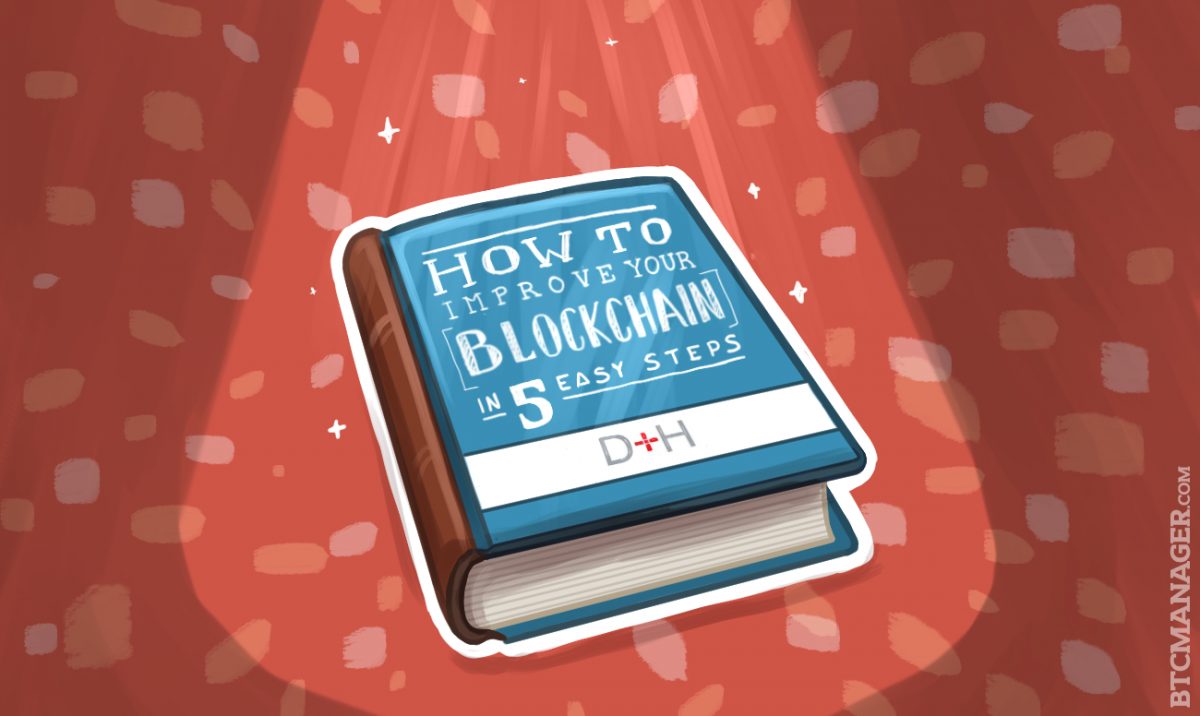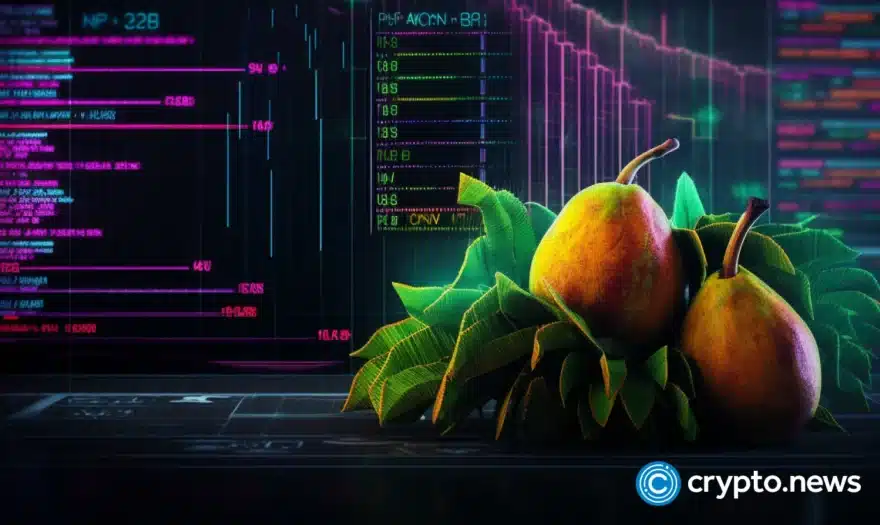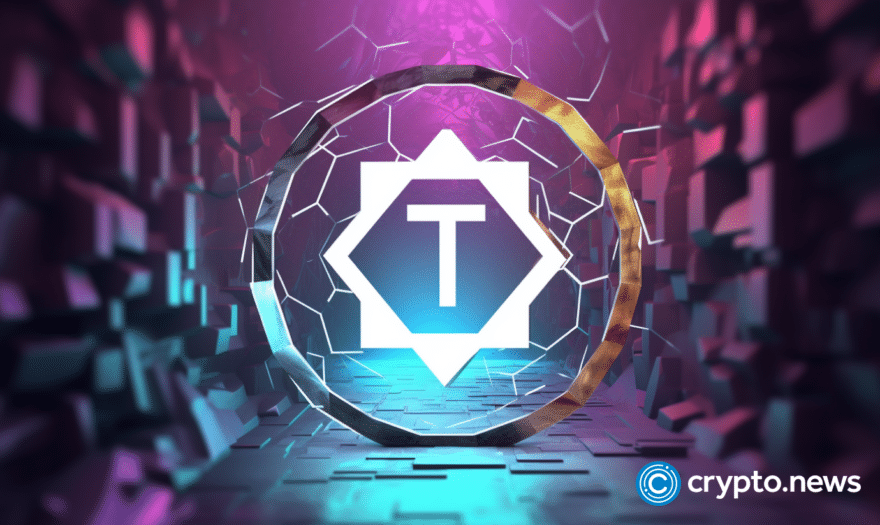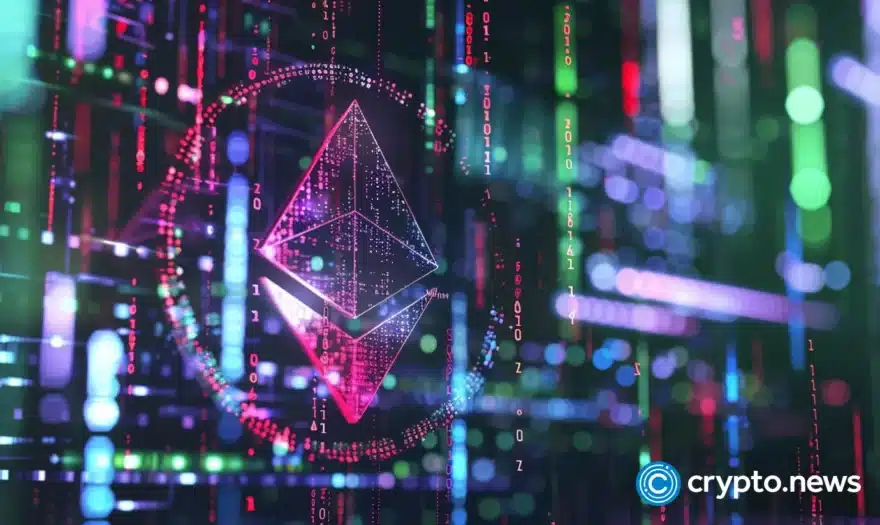5 Ways to Seize the Blockchain’s Full and Transformative Potential: A D+H Report

D+H, the financial technology provider that recently integrated blockchain technology into its payment services hub, has released a new whitepaper highlighting the main issues that need to be resolved in order for the blockchain to deliver its full disruptive potential.
In a new document entitled ‘Five Things Blockchain Must Get Right to Realize Its Full and Transformative Potential,’ D+H points out the right steps that must be undertaken to capitalize on “what could be the most significant development in financial services since the advent of the Internet.”
“The overarching promise of blockchain is to empower and enable banks to improve and modernize their entire environment of infrastructure and processes – bringing these decisively into the 21st Century, and enabling still further and faster advances in their customer offerings visible ‘above the waterline’,” the document reads. “However the jury is still out on how successfully blockchain can integrate with current legacy systems in a way that realizes its transformative potential.”
According to the firm, two approaches will evolve as the blockchain ecosystem matures: fintech companies building their own blockchain infrastructures and becoming money transmitters; and fintechs providing technology to existing industry players.
“If the past year was an era of experimentation and innovation for banks with regard to blockchain, then the year ahead could be the time we see this technology emerge from banks’ back rooms to solve real business problems,” Moti Porath, executive vice president, Global Pre-Sales D+H, said in the statement. And yet, the jury is still out on whether the technology will be able to deliver on its transformative promise.
Blockchain technology has the potential to open the way to the creation of a global payments environment with less friction, higher speed, greater efficiency and enhanced transparency and security. To unlock the full potential of blockchain technology, however, the banking industry must get these five things right:
Find the right problem: Blockchain technology will need to find the specific niche or niches where it would be an obviously superior solution to the technologies that have preceded it.
Emerge with a dominant technology: The ecosystem needs to gain greater certainly and stability. Additionally, the required resource intensity is potentially a major drawback for banks, which would like greater energy efficiency without loosing the tried-and-tested benefits of proof-of-work. However, current initiatives, such as sidechains and related mechanisms, are underway and could significantly reduce the energy intensity of blockchain technology.
Retain its disruptive potential despite regulatory requirements: With regulatory frameworks for blockchain technology still at an embryonic stage of development, the challenge for regulators and market participants is to work together proactively to define the best supervisory models and approaches. As blockchain technology promises some benefits for regulators around transparency and visibility, experience suggests that most regulators are open to discussing use cases for blockchains and providing guidance on the regulatory aspects.
Scale up to handle the volumes and speeds required by the financial industry: For high-volume areas like interbank payments, with thousands of transactions per second, current solutions do not reach the speeds and the raw throughput required for point-of-sale (PoS) or real-time peer-to-peer (P2P) systems. In two to three years’ time, banks will likely have proven blockchain implementations and deployments up and running, delivering levels of speed, scalability and resource efficiency comparable with legacy systems.
Align its evolution with banks’ timescales and perspective: Blockchain technology needs to be capable of standing the test of time in the same way as today’s leading bank utilities, just as SWIFT, NACHA and BACS have done for more than four decades. Hence, the technology needs to offer a level of stability, governance and managed evolution that will allow the industry to make a multi-generational investment in building the next disruptive utility.












